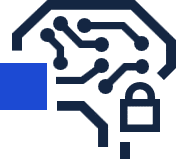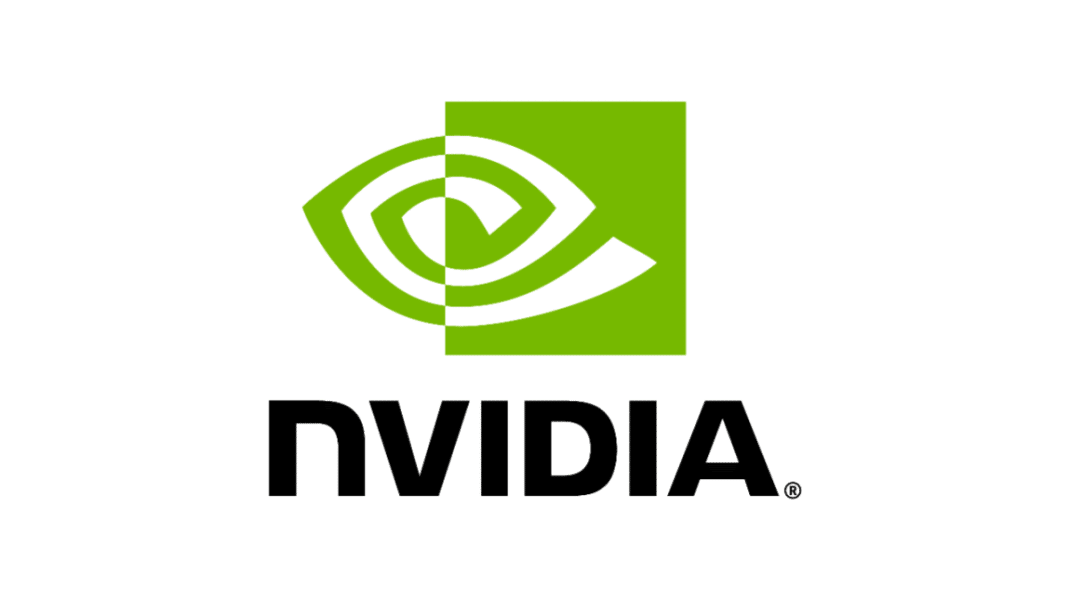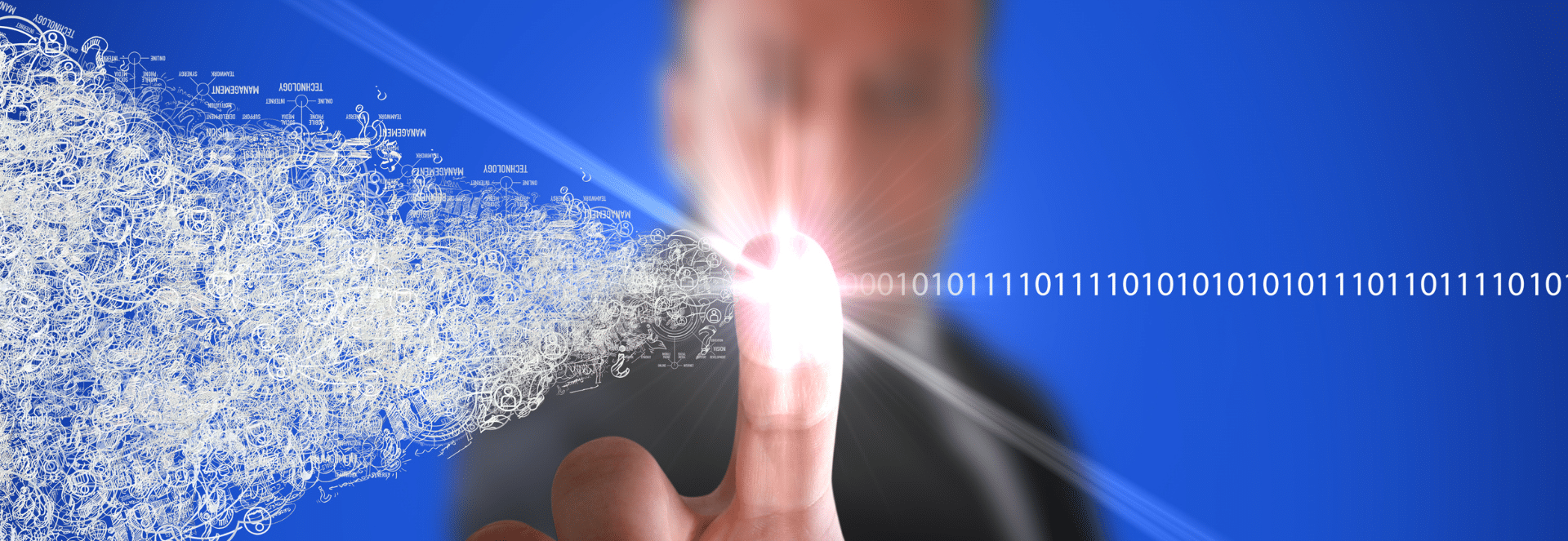Data collaboration between organizations has become both transformative and necessary. On one hand, it unlocks opportunities for innovation, allowing businesses, governments, and industries to solve complex problems, deliver better services, and generate new revenue streams. On the other hand, it’s quickly becoming a necessity for companies that want to offer more personalized experiences and make data-driven decisions.
But there’s a catch. Collaboration often involves sensitive information, including personally identifiable information (PII). This raises one of the biggest challenges in the process: How do you protect privacy while still gaining value from shared data?
The Shifting Privacy Landscape
As of 2025, more than 15 U.S. states have enacted consumer data privacy laws, up from just five in 2023, covering states like California, Virginia, Colorado, Connecticut, and Utah, and others with laws effective through 2026. These laws introduce varying consent models (opt-in vs. opt-out), fragmentation, and significant compliance overhead.
Meanwhile, the future of third-party cookies has shifted dramatically. While Safari and Firefox continue to block them, Google Chrome has reversed course: it will retain third-party cookies by default, offering users choice tools rather than phase-outs. This shift responds to regulatory and advertiser pressure, underscoring the ongoing uncertainty in digital tracking technologies.
This regulatory pressure, combined with consumer demand for privacy, is driving businesses to double down on privacy-first strategies and invest heavily in technologies that enable secure, compliant data collaboration. In this context, data clean rooms have emerged as a prominent collaboration tool.
What is a Data Clean Room?
Data clean rooms are secure, privacy-enhancing environments that allow multiple organizations to collaborate on sensitive data, like personally identifiable information (PII), device IDs, and behavioral data, without exposing that data to one another. These environments enable partners to analyze anonymized or pseudonymized datasets, ensuring outputs are aggregated and free of individual identifiers.
Clean rooms first gained traction in the AdTech industry as a way for advertisers and publishers to measure campaign performance without directly sharing customer identities. Since then, their use has expanded significantly. While AdTech remains one of the most prominent use cases, industries like retail, healthcare, and financial services now rely on data clean rooms for privacy-safe data collaboration, measurement, and analysis.
Real-World Example: Retail Meets Streaming
Imagine a national retailer partnering with a streaming service to improve its marketing. Inside a data clean room, they discover that 35% of the retailer’s loyalty members subscribe to the streaming service’s premium plan. Meanwhile, the streaming service learns those users are 2.5x more likely to purchase home entertainment products.
Each company gains valuable insight without sharing customer identities or breaching privacy regulations.
Why Are Data Clean Rooms Becoming More Important?
The global data clean room market is projected to reach $5.6 billion by 2030. This explosive growth stems from several converging factors that make data clean rooms not just useful, but essential for modern businesses.
- Regulatory Pressure: With over 15 states enacting privacy laws by 2025 and federal legislation on the horizon, companies need compliant collaboration methods.
- Cookie Deprecation Uncertainty: Despite Google’s reversal, 73% of marketers are preparing for a cookieless future, seeking alternative data collaboration methods.
- First-Party Data Focus: 89% of companies report that first-party data strategies are critical to their success, driving demand for secure collaboration tools.
Preserving Data Privacy in Data Clean Rooms
Data has three basic states: at rest, in transit, and in use. Sensitive data is most vulnerable while in use (being processed, analyzed, or manipulated). This is the challenge that data clean rooms aim to help address. To do this effectively, they rely on data governance controls.
Governance: Controlling Who Can See and Do What
At the core of every data clean room is a governance framework. This allows organizations to define who can access what data, under which conditions, and for what purpose. Clean rooms give data owners full control over the permissions granted to collaborators, including:
- Access controls: Limit which users or roles can view specific datasets or fields.
- Query restrictions: Define which types of analyses are allowed and prohibit attempts to identify individuals.
- Output rules: Ensure only aggregated, privacy-safe results can be exported from the clean room.
- Audit trails: Track who accessed what data, when, and for what reason to maintain compliance and accountability.
Privacy Features That Reinforce Protection
In addition to governance, most clean rooms incorporate technical privacy features such as:
Differential Privacy
Differential privacy leverages mathematical frameworks for withholding information and restricting the ability to infer data about individuals when sharing aggregate information and patterns.
Pseudonymization
Pseudonymization is like giving everyone at a masquerade ball a unique number instead of using their names. You can track interactions and patterns without revealing real identities. This process removes direct identifiers from datasets and replaces them with artificial identifiers or pseudonyms.
See this post on Data Anonymization Techniques for more information.
Technologies Combined with Data Clean Rooms
Modern data clean rooms rarely operate in isolation. Companies typically combine them with complementary technologies to maximize value while maintaining privacy. Following are a few of the most common examples.
But beyond integrations, the clean room itself is evolving.
From SQL to Advanced Analytics and AI
Traditionally, clean rooms supported SQL-based querying, enabling users to perform basic joins, filters, and aggregations on shared datasets in a secure environment. This made them accessible to data analysts and engineers familiar with structured query languages.
Today, as data needs become more complex, clean rooms are expanding beyond SQL to support more advanced analytics, data science workflows such as AI/ML model training.
This shift opens the door for broader use cases while maintaining strict privacy and governance controls.
Technologies Commonly Paired with Data Clean Rooms
Customer Data Platforms (CDPs)
According to an IAB-commissioned Ipsos report, 84% of data clean room users in the digital advertising space are also using CDPs. A CDP is a marketing software application that unifies a company’s customer data from all channels. CDPs can guide the timing and targeting of messages and engagement activities of customers, and support analysis of behavior at an individual level. Data clean rooms can be used within CDPs to support, for example, advertising measurement.
Identity Resolution (IDR)
Identity resolution aims to link records across one or more datasets (usually from multiple parties) that refer to the same individual. IDR providers use match keys, such as an email, cookie, or IP address, to identify when two records refer to the same individual or household.
Confidential Computing
Though not strictly defined as privacy-enhancing technologies (PETs) themselves, data clean rooms are often used in conjunction with PETs or with other privacy-preserving technologies. Confidential computing is a hardware-based technology designed to protect data in use. While this approach to enhancing data security in the cloud is cutting edge and still developing, confidential computing is viewed as having great potential when paired with data clean rooms to protect data while it is being processed or analyzed.
Types of Data Clean Rooms
Data clean rooms come in various configurations, each suited to different business needs and technical capabilities.
Walled Garden
Walled gardens are perhaps the most familiar type of data clean room. Google, Amazon, Facebook all provide hashed and aggregated data to companies that use their advertising platforms in order to evaluate advertising performance. These clean rooms are “walled” and do not provide a cross-platform view.
Self-Service
Self-service clean rooms provide access to the technology platform only, and do not offer support in collaborating with partners. This option is attractive for companies that need more granular data about their audience and how that fits with data-sharing partners, and have the resources to handle data partnerships at scale and assume liability for data mishaps.
Managed Service
With a managed service offering, companies upload data and the clean room provider manages all the data partnerships inside and outside their platform. The considerations are the opposite of self-service: The company is not responsible for coordinating data sharing or legal liability, yet they generally cannot access more granular data.
For instance, a managed service clean room might relay what percentage of the data shared with a partner audience is aligned, which can help with media buying decisions; but it won’t say which specific hashed emails did not align.
Hybrid Models
Many organizations adopt hybrid approaches, using:
- Walled gardens for platform-specific insights
- Neutral clean rooms for cross-platform analysis
- Managed services for standard use cases
- Self-service for strategic partnerships
Real-World Data Clean Room Applications
Retail + CPG Collaboration
Challenge: A major retailer wanted to help CPG partners measure the impact of digital advertising on in-store purchases.
Solution: Implemented a data clean room allowing CPG brands to match their advertising exposure data with the retailer’s transaction
Healthcare Research
Challenge: Multiple healthcare providers needed to collaborate on rare disease research without sharing patient records.
Solution: Created a federated data clean room enabling statistical analysis across institutions.
Financial Services Fraud Prevention
Challenge: Banks needed to share fraud pattern data without exposing customer information.
Solution: Deployed a secure multi-party computation clean room for fraud signal sharing.
What This Means for Your Business
Data clean rooms have become central to modern data collaboration. They aren’t just a tool for compliance, they’re a strategic advantage for organizations handling sensitive data.
As privacy regulations grow stricter and consumer expectations rise, clean rooms provide a trusted, scalable solution for extracting insights without sacrificing data protection.
In this blog, we covered what clean rooms are, how they work, and the technologies and configurations behind them. Next in the series: “Data Clean Rooms: Advantages and Disadvantages.”
Want to jump right into a deep dive of DCRs and considerations when choosing a DCR? Check out our eBook, [The Privacy Professional’s Guide to Data Clean Rooms]
















